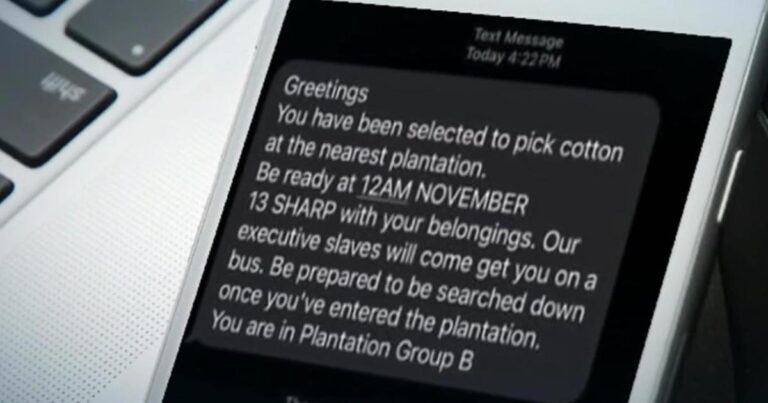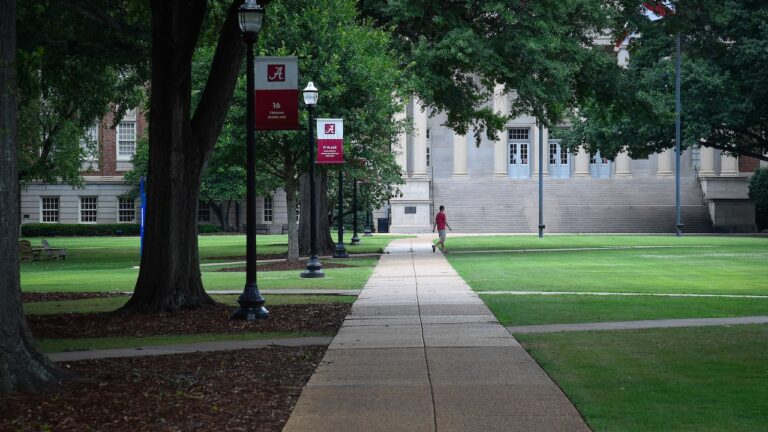Racist Rant Against Indian American Family at LAX Shocks Travelers
Shocking Racism at LAX: An Indian American Family’s Experience
It’s a world we hope to live in—one that’s filled with empathy, understanding, and respect for one another, regardless of race or background. But alas, stories like the shocking racist tirade against an Indian American family at LAX (Los Angeles International Airport) remind us that we still have a long way to go. If you haven’t heard about this incident, brace yourself. It’s not just a story; it’s a reflection of how racism can rear its ugly head in the most unexpected places.
The Incident Unfolds
Imagine you’re just back from a vacation, weary yet thrilled about the memories you’ve created. You’re navigating the bustling terminal of LAX, surrounded by strangers rushing to their destinations, when suddenly, a loud voice cuts through the air. This was the scenario for the Indian American family that found themselves at the center of a racially charged outburst.
On a seemingly typical day, a woman unleashed a series of vile and unwarranted insults. The family, who were simply waiting to catch their next flight, suddenly became the focal point of her rage. What makes this incident even more appalling is the fact that it happened in a place where people from diverse backgrounds converge—a melting pot, if you will, of cultures and ideas.
Why Racism Still Exists
You might wonder: why does racism still linger in today’s world? It’s a complex maze of social conditioning, historical context, and personal prejudice.
- Cultural Perceptions: Automatic assumptions based on stereotypes are often fed by hostile narratives and misinformation.
- Fear of the Unknown: People sometimes react negatively to what they don’t understand, which feeds the cycle of ignorance.
- Influence of Social Media: With instant access to countless opinions, individuals may adopt a more radical perspective when they read or hear hateful rhetoric from influencers or news outlets.
It’s like tossing a lit match into a haystack; a single spark can inflame already simmering tensions and ignite hatred.
The Resonance of the Incident
News outlets quickly picked up the story. It spread like wildfire, resonating with people across the nation and beyond. Social media platforms echoed the family’s plight, shedding light on the troubling nature of racism that remains pervasive today.
Supporters rallied around the family, offering words of empathy, support, and solidarity. It led to an important conversation about the need to confront our prejudices and to stand up for one another against acts of hate. Not just for the individuals in this specific incident, but for all vulnerable communities who face similar challenges.
The Power of Collective Action
In situations like this, community response can have a profound impact. When people come together, they not only express solidarity but also send a powerful message—that racism and any form of discrimination will not be accepted.
For instance, people took to social media to raise awareness and share their own stories of similar incidents, creating a ripple effect. By flooding platforms with shared experiences, they encouraged discussions around race and inclusion. What’s heartening is this collective action acts as a soothing balm, reaffirming that no one should navigate their lives in fear due to the color of their skin.
Understanding the Affect on Families
Now, let’s talk about the emotional fallout. Imagine you’re a parent, watching your children witness such abhorrent behavior. Your heart sinks, not just for the impact on their innocent minds but knowing that this moment can shape their perception of the world.
- Emotional Trauma: Many might suffer from anxiety, fear, or even anger after such public discrimination.
- Long-lasting Impacts: These moments can cultivate feelings of alienation, especially among minority communities. This is a weight no family should bear.
The Path Toward Healing
As painful as such experiences are, it’s essential to embrace a pathway of healing. Here’s how families can navigate the aftermath of such incidents:
- Open Dialogue: It’s pivotal to discuss emotions openly. Children need to understand that feeling hurt is normal, but there’s a path toward healing.
- Educational Resources: Parents can introduce books, workshops, and discussions about diversity and empathy. Knowledge often serves as a robust antidote to ignorance.
- Seeking Support: Engaging with support groups or therapy can also help families process their trauma in a productive manner.
Advocacy and Change
This incident sparked much-needed advocacy for stronger responses against racism in public spaces. The airways aren’t merely transit terminals; they’re communities that echo the larger fabric of society.
So, What Can Be Done?
People often think, “I’m just one person—what can I do?” Well, believe it or not, every small action adds up. Here are ways we can join forces against this pervasive issue:
- Speak Up: If you witness a similar incident, don’t just stand by. Utilize your voice to challenge hate.
- Educate Yourself: Understanding the roots and impacts of racism can arm you with the tools to combat it.
- Support Local Initiatives: Many organizations focus on educational outreach and community building. Your support could make a significant difference.
Understanding Social Responsibility
At the end of the day, we must remember that it isn’t just about this one incident—it’s about reshaping our social landscape. As individuals, we have power and responsibility embedded in how we interact with others.
Perhaps we’re not at a place where we can eradicate racism entirely, but each interaction we have moves the needle toward inclusivity and understanding. Imagine if everyone took a beat to reflect on their words before speaking. We might just create a ripple effect of kindness that drowns out the negativity.
Conclusion
The shocking racism directed toward an Indian American family at LAX serves as a stark reminder of the work that still lies ahead. However, with every conversation ignited stemming from such incidents, there lies an opportunity for growth, understanding, and change. By standing up against hate and instilling values of empathy and respect, together we can strive toward a future where stories of discrimination become relics of the past.
As we continue to shine a light on these vital issues, let’s keep the discussion going—not just when incidents arise but in our daily lives.
FAQs
- What happened at LAX? A woman launched a racist tirade against an Indian American family while they were waiting for their plane.
- How did social media respond? Many users expressed support for the family and condemned the racist behavior, sharing their experiences and raising awareness.
- What are some effects of racism on families? Emotional trauma, anxiety, and long-lasting impacts on children’s perceptions of their own identities can occur after such incidents.
- How can communities combat racism effectively? Through speaking up when witnessing discrimination, educating themselves on racism, and supporting local initiatives focused on fighting hate.
- Why is it important to address racism? Confronting prejudice fosters a society grounded in respect and understanding, benefiting all communities.






